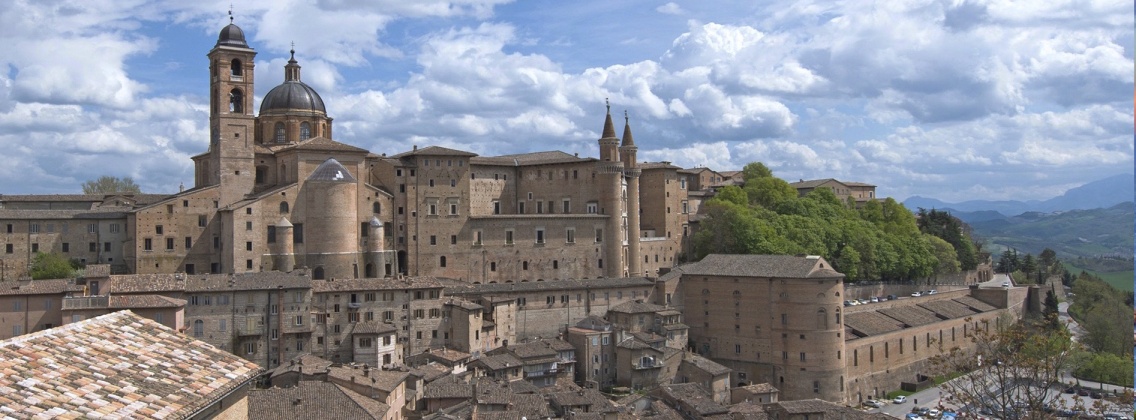
Marche
Visit Le Marche, among cliffs, caves and unforgettable beaches
Territory of Marche
The territory of the Marches tends to be homogeneous: mainly hilly (the Marches region is one of the most hilly regions in Italy), most of the towns are developed in the hills. There are many plots of land, often surrounded by forests of centuries-old oaks.
Among the major mountain ranges we can mention the massif of the Sibilini Mountains, among the highest in the entire Umbria-Marche Apennines, while the plain areas are concentrated near the coast, overlooking the Adriatic Sea, and in the areas of the valleys near the mouths of rivers.
Useful information about Marche
The Marches are a region of central Italy. The regional capital is Ancona, the other provinces are Ascoli Piceno, Fermo, Macerata, Pesaro and Urbino. It is bordered by Abruzzo, Emilia-Romagna, Lazio, Tuscany, Umbria and the Republic of San Marino and is washed by the Adriatic Sea on its eastern side.
Discover the Italian Ambassador of Excellence in this region
Looking for tips for your next trip? Ask Monna Lisa.

Places and tours
There are many places and itineraries in Le Marche not to be missed: let's start from the main cities, Ascoli Piceno the city of travertine, Fermo with its Roman cisterns, Macerata the city of opera and the Sferisterio, Ancona the Doric city, Pesaro and its historic center and finally Urbino, a UNESCO World Heritage city.
There are, moreover, numerous monuments worthy of note immersed in the landscapes of Le Marche: this is the case of the Temple of Valadier and the Abbey of San Vittore delle Chiuse, immersed in the heart of the caves of Frasassi.
Finally, Le Marche is a pole for seaside tourism: among the most accredited destinations is mentioned San Benedetto del Tronto, but there are many other wonderful places, for example those of the Riviera del Conero.
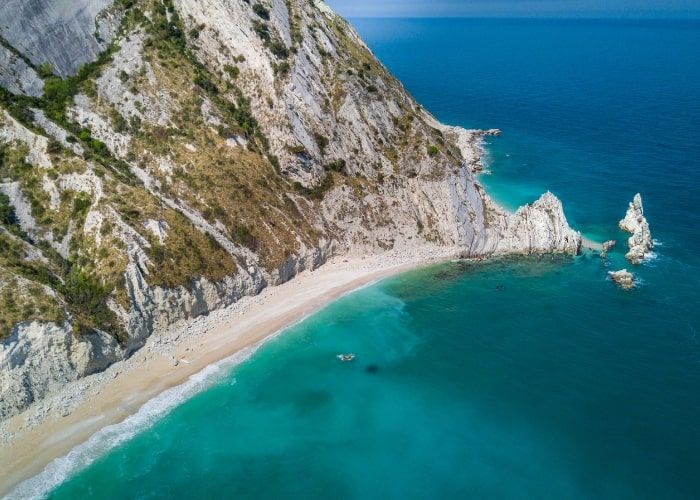
Food and flavours
The food and flavours of the Marche region are based on products from both the land and the Adriatic Sea. Among the typical products there is a wide choice of cold cuts, sausages and cheeses: Fabriano salami, Ciauscolo, Carpegna ham, Casciotta d'Urbino and fossa cheese, to name a few.
The recipes of the Marche region testify the preference of the inhabitants for a cuisine with simple and robust flavours: among the favourite meats there is the pigeon, protagonist of many recipes, and as many recipes have as protagonists mussels, the bombetti (molluscs typical of that area of the Adriatic) and stockfish, such as the famous fish soup. There are also many dishes based on frying, especially the olives from Ascoli.

Tours and Experiences in the Marche Region
Art and culture
The region boasts a rich history of internationally famous artists and academics: Raffaello Sanzio, a painter from Urbino who was among the greatest interpreters of the Renaissance, and with him other artists such as Gentile da Fabriano and Donato Bramante, but also Gioachino Rossini, one of the greatest opera composers in the history of music, Giacomo Leopardi, one of the greatest poets of the Italian nineteenth century and one of the most important figures in world literature, and Maria Montessori, known for his revolutionary teaching method appreciated and applied throughout the world.
The lives of these illustrious figures testify to the great cultural importance that this region has had in the various eras.
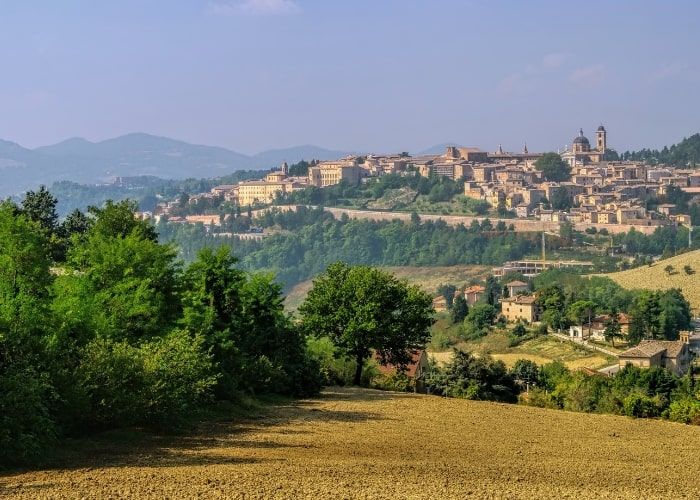
Unesco Sites in the Marche Region
Le Marche Region
Le Marche is located in the central-eastern part of Italy, bordering Emilia Romagna, San Marino, Tuscany, Umbria, Lazio and Abruzzo, while the coastal side faces the Adriatic Sea. The region has a rich and hilly landscape, with most of the inhabited centres rising along the hills.
Many are the parks and nature reserves bordering an uncontaminated and wild nature. The main ones are the Monti Sibillini National Park, the Monte San Bartolo Regional Nature Park, the Conero Regional Nature Park, the Gola della Rossa e di Frasassi Regional Nature Park and the Gola del Furlo State Nature Reserve.
More than 90,000 hectares of protected areas extending from mountains to the sea make Le Marche ideal for hiking, horseback riding, trekking, cycling, mountain biking, canyoning and water activities such as sailing.
Le Marche covers an area of approximately 9,365.86 km². The Umbro-Marchigiano Apennines characterise the mountainous area with its Monti Sibillini massif. Part of the local history is linked to this portion of land, with a series of legends that surround its highlights: the Sibyl Cave and Lake Pilate.
Mount Vettore, with its 2,476 m, is the highest peak in Le Marche, a region with numerous cliffs reaching and exceeding 2,000m, like Cima del Redentore, Pizzo del Diavolo and Mount Sibilla.
As for the rivers, almost all of them originate in the Apennines on the border with Umbria. On their way to the Adriatic, they form spectacular landscapes such as the Furlo, Rossa, Frasassi, Infernaccio, Pioraco, Fucicchie and Arquata gorges. The principal waterways are the Metauro, Tronto, Potenza, Chienti and Esino.
Various areas are also affected by karstification, a phenomenon responsible for cavities in the subsoil. The Frasassi caves stand out for their notoriety and impressiveness. They are located in the province of Ancona and are part of the Parco Naturale Regionale della Gola della Rossa e di Frasassi, the green heart of the region.
Although there are no large lakes, those present represent a significant cross-section of Le Marche’s nature heritage. The largest and best-known are those of Cingoli, Fiastra, Portonovo and Lake Pilato.
The history of Le Marche is ancient and complex. The Picenes, a civilisation whose rich traces are still preserved, settled here during the Iron Age. In the Middle Ages, the region was divided into territories annexed to the Eastern Roman Empire and those conquered by the Lombards. Cities such as Ancona, a prosperous maritime republic, Jesi, Fano, Ascoli Piceno, and Pesaro flourished during the Renaissance. Urbino became a beacon of elegance and stood out for its prestige throughout Europe. Its Ducal Palace is an all-time favourite for tourists. Still, the Duomo, the Diocesan Museum and the oratories San Giovanni Battista and San Giuseppe are also not to be missed.
Also in the Renaissance, Le Marche became a crucial artistic and cultural centre. Raphael, Titian, Lorenzo Lotto, Donato Bramante, Piero della Francesca, Paolo Uccello, and Francesco di Giorgio Martini were among the artists who filled the region's most famous cities and perfectly preserved medieval villages with the beauties that still attract visitors from all over the world.
In addition to the storied cities, there are many towns and villages with a peculiar load of history, art and culture. Among the best destinations to visit are Gradara, whose fortress witnessed the passion between Paolo and Francesca told in Dante's Inferno; Loreto and its fortress sanctuary; beautiful Recanati, Giacomo Leopardi's hometown. And then, Grottammare, Frontino, Offagna, Mondolfo, Montecassiano, Corinaldo.
The capital is Ancona, the largest and most populous city in Le Marche, a place full of charm and points of interest. The nearby Raffaello Sanzio airport and the large port, one of the most important in the Adriatic, make it one of the main arrival points for those who decide to visit the region.
Le Marche is famous for its incredible natural landscape, vast cultural heritage, and wine and food tradition, too. Local wines like Castelli di Jesi's and Matelica's Verdicchio are widely appreciated. Regional cuisine offers a broad and varied range of flavours, from the coast's delicate fish dishes to the hinterland's robust and tasty preparations. The infinite versions of brodetto (fish soup), the many formats of pasta, la crescia (a type of sandwich), and the delicious Ascoli olives are just some examples of a much vaster tasty panorama.


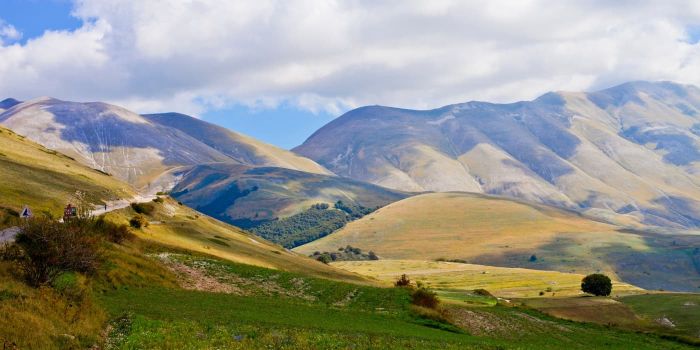
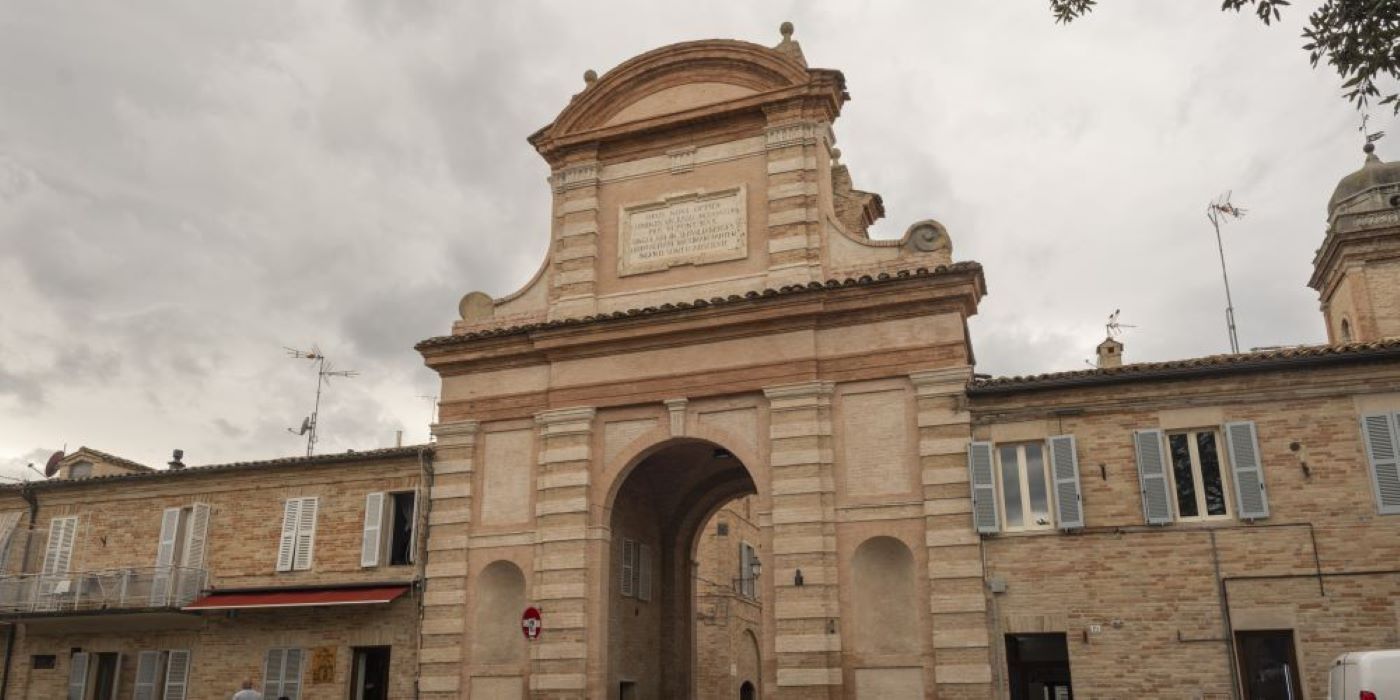
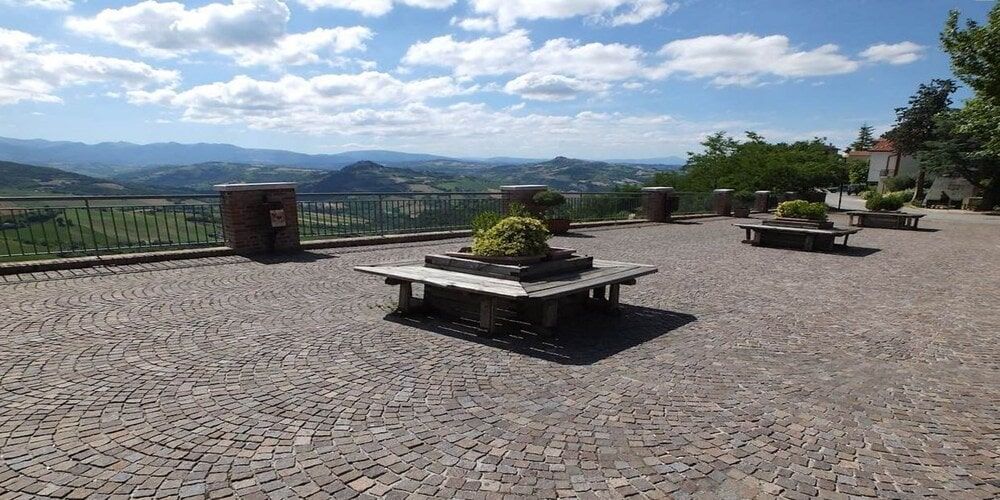
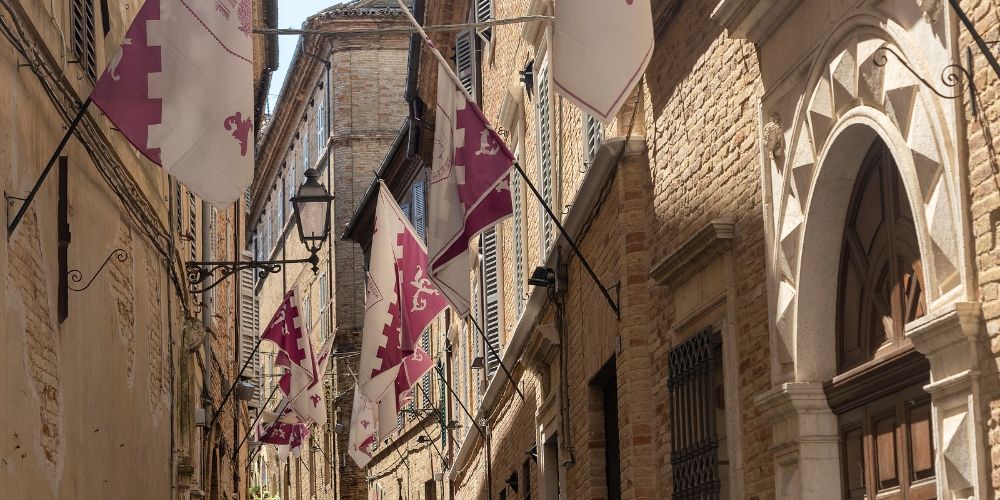
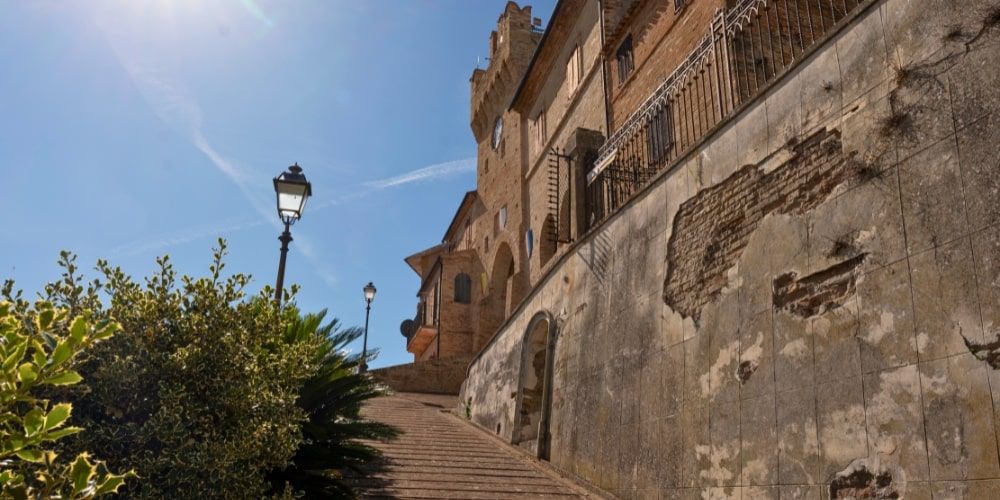
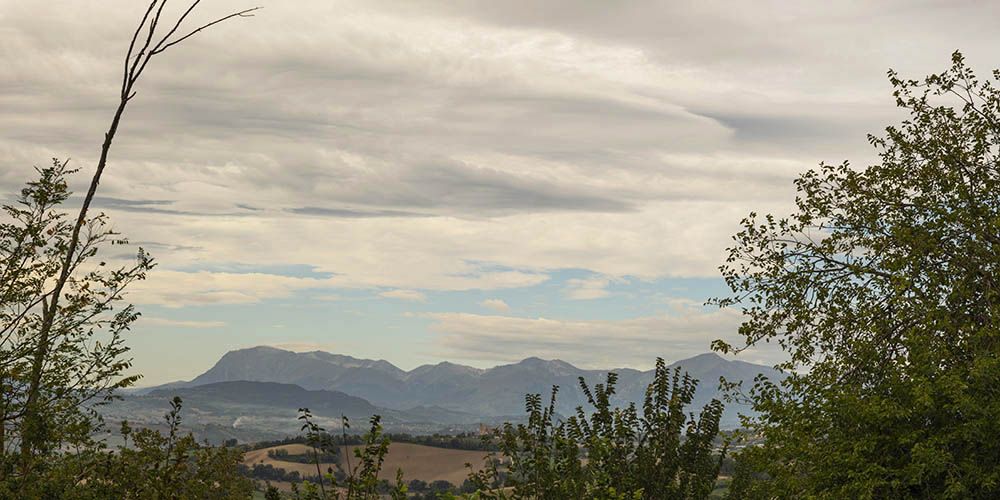
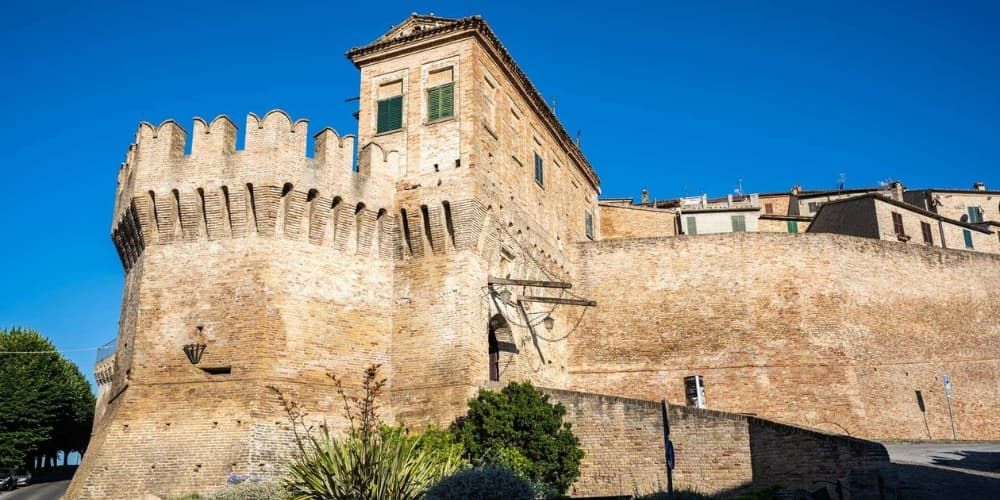

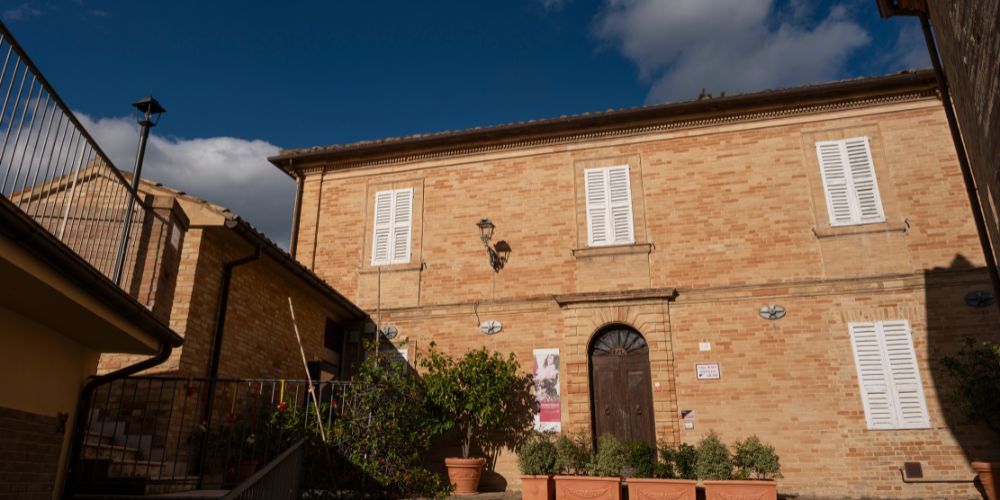
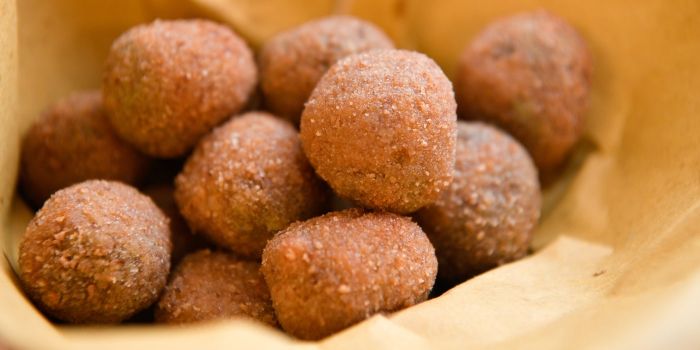
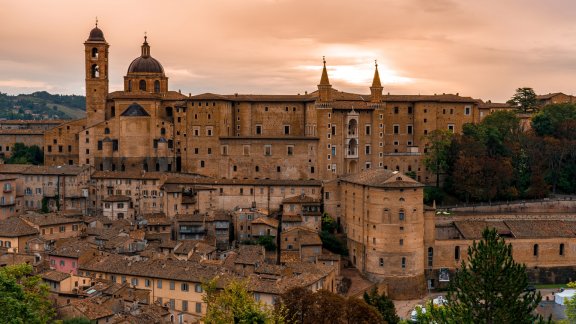


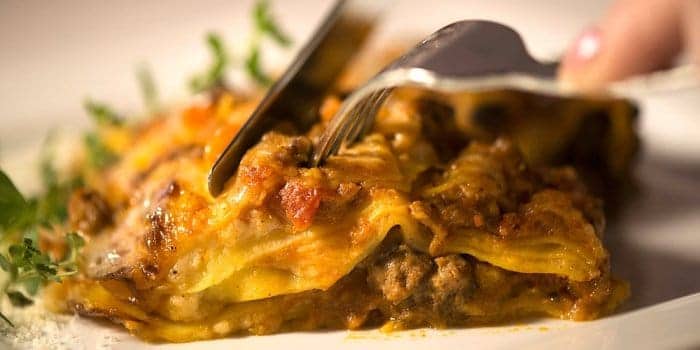
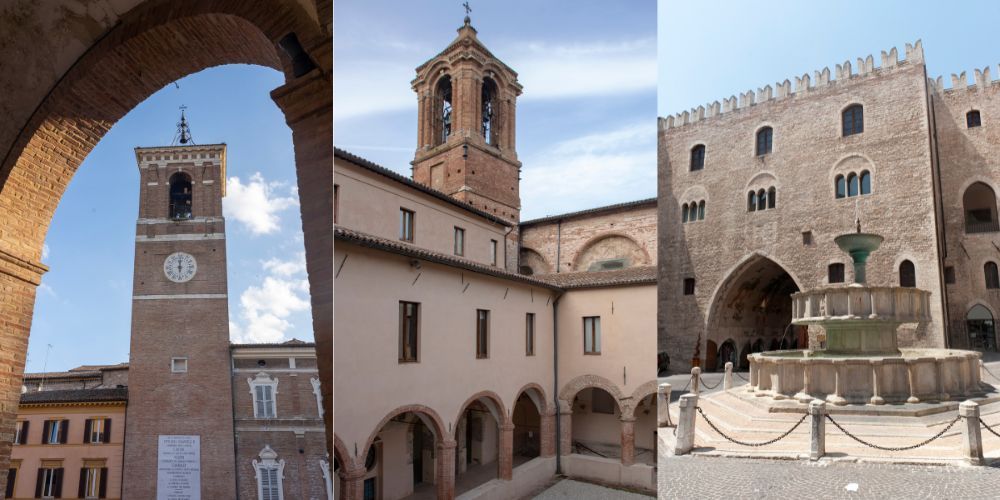
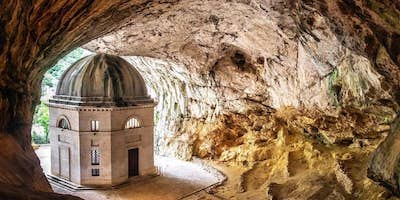
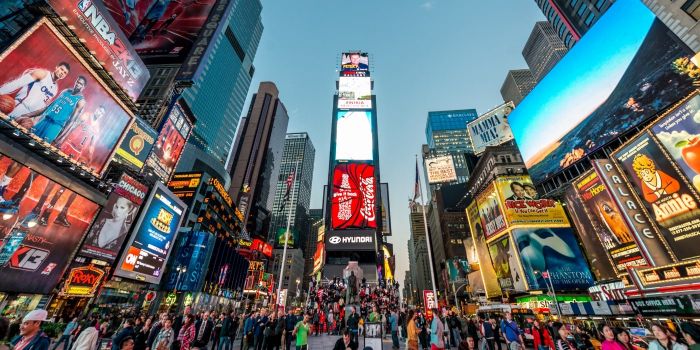

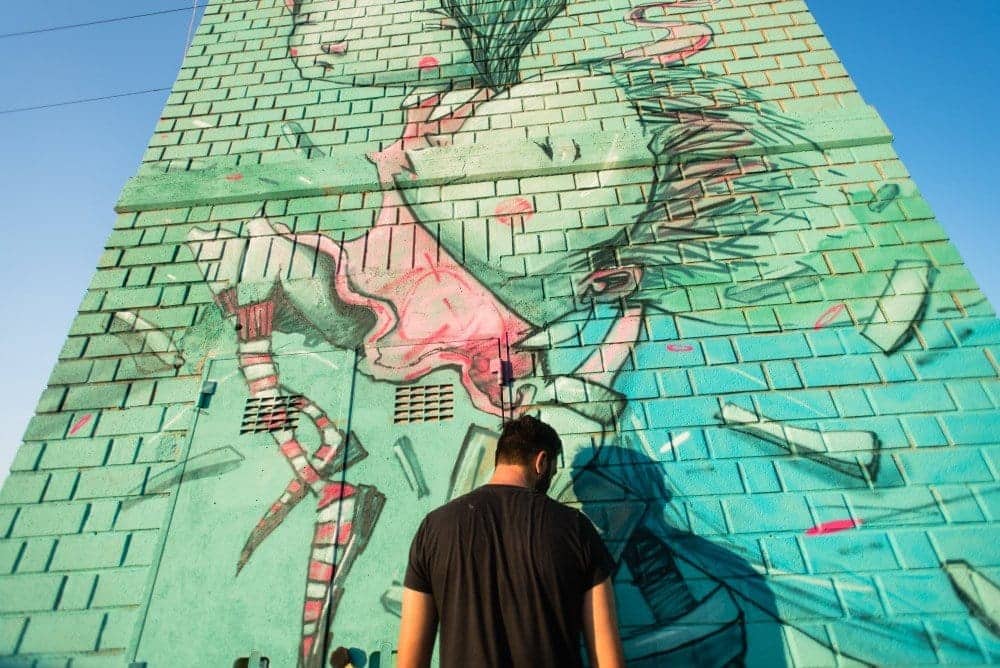
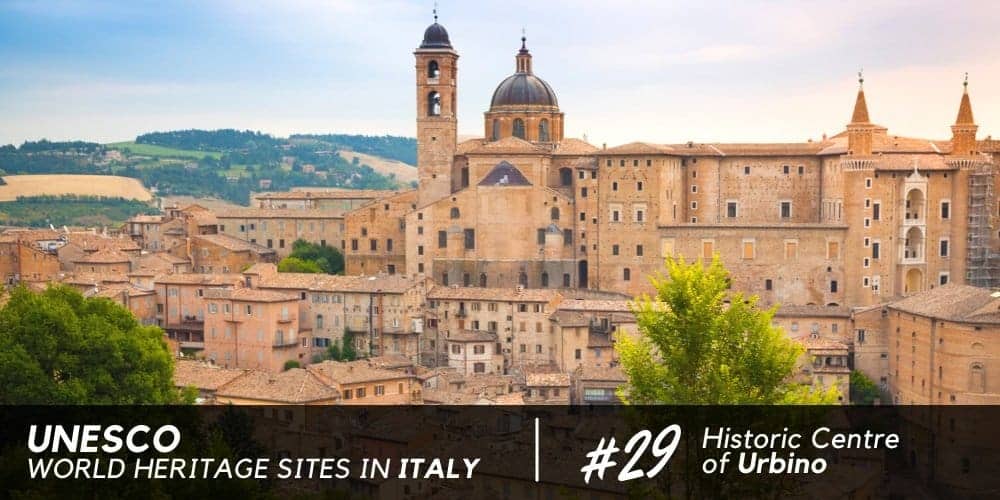
Ciao! I'm Monna Lisa, your digital travel designer. I'm here to help you plan your perfect trip to Italy.